![]() Some may think 3D movies were a fad, but James Cameron still believes in 3D, and Avatar: The Way of the Water is available in Blu-Ray 3D for you to watch at home on a TV or a VR headset.
Some may think 3D movies were a fad, but James Cameron still believes in 3D, and Avatar: The Way of the Water is available in Blu-Ray 3D for you to watch at home on a TV or a VR headset.
Avatar: The Way of Water is now available in 3D Blu-Ray, which is not common these days. In fact, it’s rare to see any 3D movie in theaters today, and it’s even more rare to see them get a home copy. But as the original Avatar, in 2009, helped to make 3D popular – at the time – it appears as if Avatar 2 is paving the way for a rediscovery of 3D at home. Not necessarily on your TV set, but on your VR headset.
The numbers do not lie, and Avatar: The Way of Water has proven that 3D sales are alive and well for the right movie, with 57% of its box office coming from premium ticket sales, according to MovieWeb. The website also notes that “while many films have struggled to deliver any kind of fully immersive 3D experience since the original Avatar in 2009, Avatar: The Way of Water has seen James Cameron seemingly have lightning strike twice and revived the 3D format in a big way.”
So, James Cameron and whoever at 20th Century Studios decided to release a 3D Blu-ray with Avatar: The Way of Water are aware that 3D isn’t a fad, and the reason why it failed was because of the way studios attempted to explore 3D. Cameron commented, on the subject :“I think the studios blew it. Just to save 20 percent of the authoring cost of the 3-D, they went with 3-D post-conversion, which takes it out of the hands of the filmmaker on the set and puts it into some post-production process that yielded a poor result. I do think that the new “Avatar” film will rekindle an interest in natively authored 3-D, which is what I personally believe is the right way to do it. I say either do 3-D or don’t do 3-D, but don’t try to slap it on afterward to get the up-charge on the ticket.”
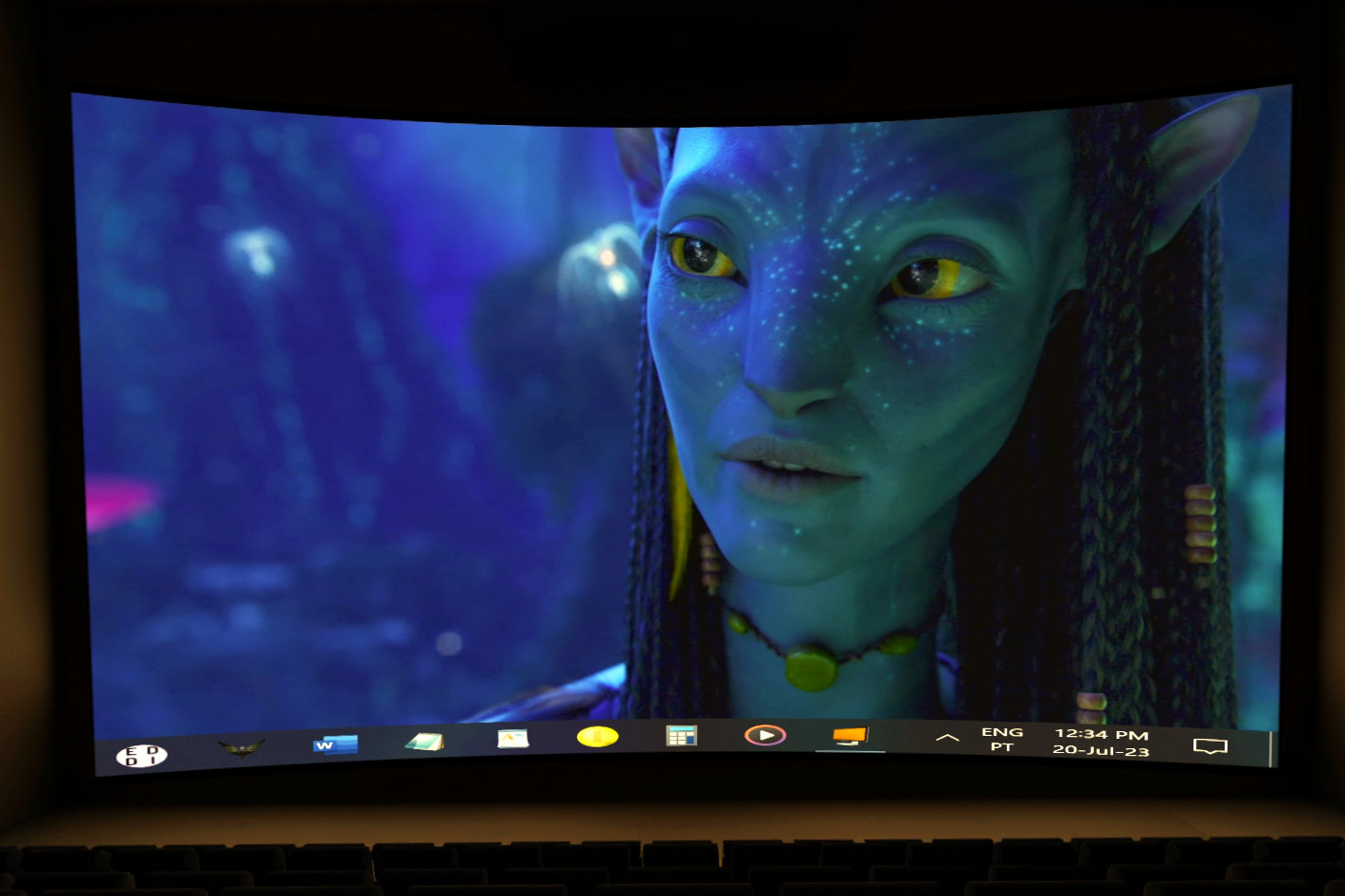 VR headsets: an IMAX at home
VR headsets: an IMAX at home
The release of Avatar 2 on Blu-Ray comes at a time when everyone seems to be paying attention to VR, apparently only because Apple introduced its XR headset. But watching 3D movies in VR is nothing new, we’ve covered its advantages since at least 2019, when it became clear that the resolution offered by a new generation of headsets was a clear invitation, as we wrote, “to see cinema on a big screen, at home, building a virtual theater to immerse you in the action like no TV set can.”
![]() In 2019, the popular Oculus Rift, offered a resolution of only 1080×1200 pixels per eye, for a “screen” with a total of 2160×1200 pixels. It was clear the headset could not compete with the 3840 x 2160 pixels of a 4K UHD TV, meaning no one would want to watch movies using a VR headset. But things were about to change…
In 2019, the popular Oculus Rift, offered a resolution of only 1080×1200 pixels per eye, for a “screen” with a total of 2160×1200 pixels. It was clear the headset could not compete with the 3840 x 2160 pixels of a 4K UHD TV, meaning no one would want to watch movies using a VR headset. But things were about to change…
As we wrote back in May 2019, the arrival of the HP Reverb, with 2160 x 2160 panel resolution per eye, for a total resolution of 4320×2160, changed things. The headset from HP offers more than the 4K DCI (4096 x 2160 pixels) which is considered the movie projection industry resolution. You’ll find higher resolutions in other headsets, but they are either for professional use or not considered as a mainstream solution. The HP Reverb, which for a while could be acquired in USA for a little more than $300 represents a mainstream VR headset that will be enough for most users.
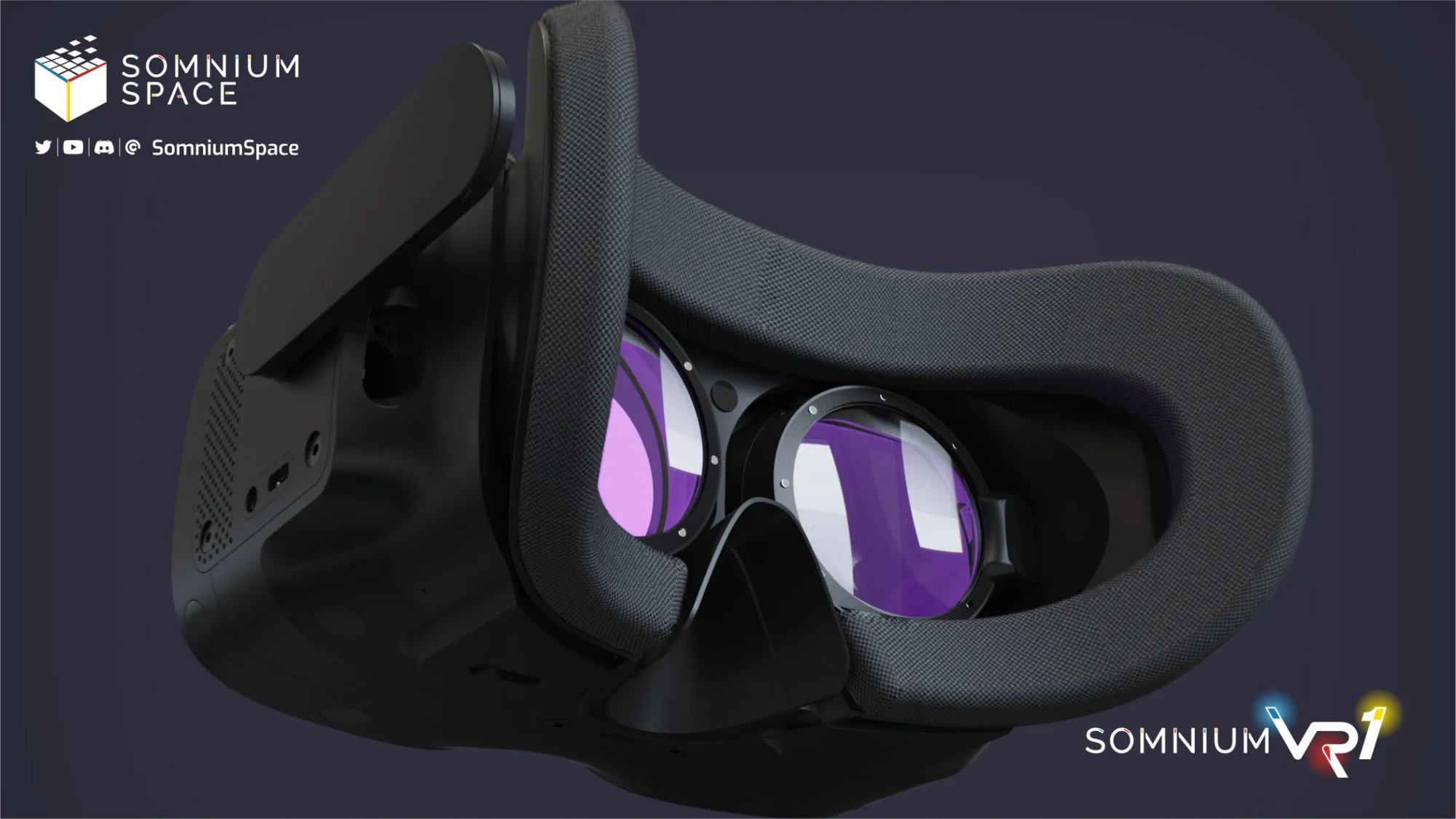 Somnium VR1 brings 2880 x 2880 pixels per eye
Somnium VR1 brings 2880 x 2880 pixels per eye
Unfortunately, it appears that HP has left the market – the company never really understood what the HP Reverb is – as well as Microsoft, that has dropped any development in its Mixed Reality platform that supported the HP Reverb, so users must look elsewhere. Valve’s Index is too old to even be considered, Varjo headsets are too expensive (still less than Apple’s…), HTC Vive is rarely mentioned these days, and then we have Oculus… sorry, Meta, whose Quest 2 is popular, and the first thing parents buy to keep their kids quiet.
Samsung, who signed the popular Odyssey VR headset before, has a new XR headset in the works, but apparently has delayed it because of Apple… and then there is a promising upcoming VR headset, the Somnium VR1, with a display resolution of 2880 x 2880 (per eye) pixels and a 35 PPD, for an unrivaled graphics quality at 5760 x 2880. The headset uses a unique dual-lens aspheric module (2 lenses per eye-box) that offers a real field of view (FOV) — 125° horizontally and 100° vertically.
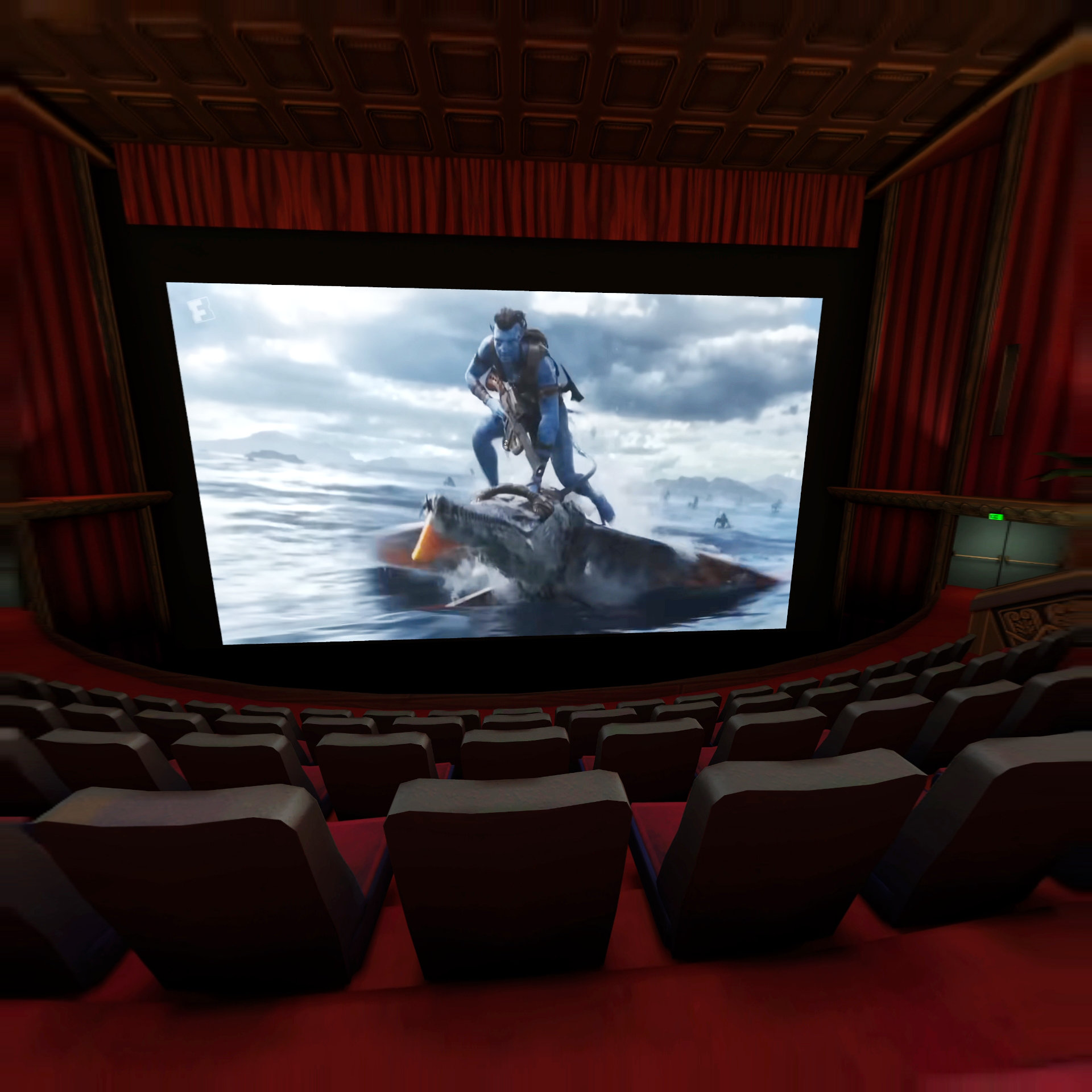
Furthermore, the VR1 screen boasts a brightness of 210 nits, a contrast ratio of 20000:1 due to local dimming, a color gamut covering 100% of the NTSC spectrum, and refresh rates that range from 90Hz to 120Hz, with even higher rate (144Hz) currently in testing mode. Built as a modular platform, the VR1 is designed as a tool that will be usable “in virtual production for films or live performances” and, as Artur Sychov, the founder and CEO of Somnium Space says, “we’re confident that the VR1 will provide users with an unparalleled virtual reality experience for years to come and all of that for a price which won’t push you to choose between food on the table or a Somnium VR1 headset”.
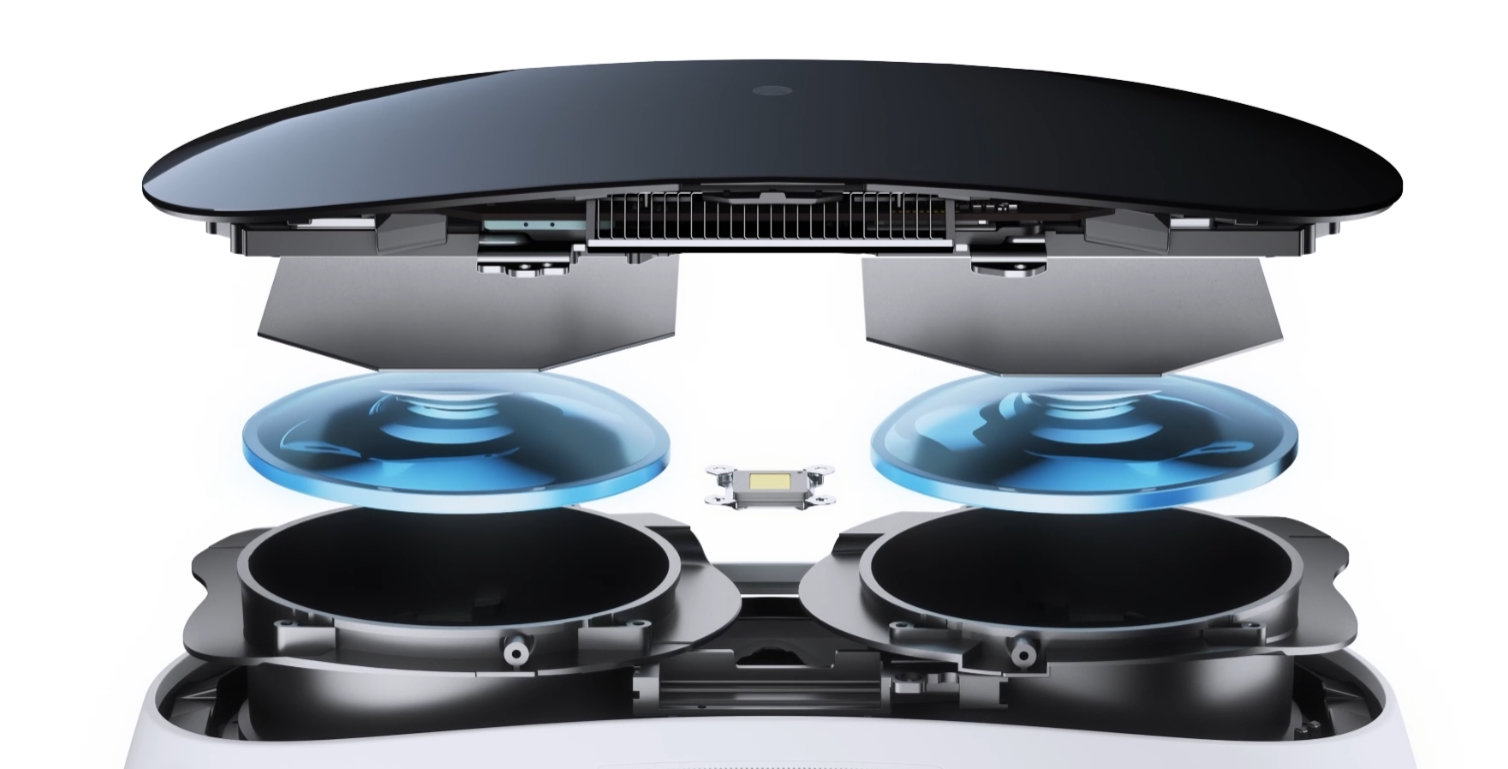 Buy Avatar in 3D and enjoy it with a Pico 4, now
Buy Avatar in 3D and enjoy it with a Pico 4, now
While we wait for the news about the Somnium VR1, you don’t need to wait if you want a good VR headset to watch Avatar: The Way of the Water. Yes, many will point you to the Quest 2, which display has a resolution of 1832 x 1920 pixels per eye, but if you want more at an affordable price, there is a better choice, in term of technology: the Pico 4 VR with 2160x 2160 per eye (and a pancake lens, much superior to the Fresnel used in the Quest 2). Although it’s not officially available in the United States or Canada, people are importing the headset from Amazon in Europe. It’s strange that the Chinese headset, which is superior to the Quest 2 (priced at $299 now, slashed from $399.99 after the introduction of the Pico 4) and even Quest Pro (only 256GB version, which costs $999.99, down from the original $1500) is rarely mentioned, although its price, on Amazon US is mentioned: $355.97 for the 128GB version.
So, having set the ground for the choices in terms of VR headsets (something to which we will return soon) it’s time to look at what the release of Avatar: The Way of the Water means for 3D. if people go and buy it – it costs now $38.88, from a regular price of $60.20 – maybe studios understand that consumers still want 3D. After all, the box office numbers from Avatar 2 do clearly demonstrate that the interest is there. It may not apply to all movies, but for those where immersion of the viewer is an essential part of the show – like Avatar is –, 3D is the way to go. And you don’t even need to have a 3D TV, because a Virtual Reality headset offers the best way to watch 3D movies, without limitation when it comes to screen size…
I’ve just watched some of the trailers and clips of Avatar: The Way of the Water in a huge screen… while sitting at my working desk, and I am about to order the Blu-Ray from Amazon. Being able to choose the screen, from a small home theater to the hugest IMAX-style screen you may want makes the experience unique. It may not reach the maximum resolution, but you’re trading that for total immersion, something essential for this movie.
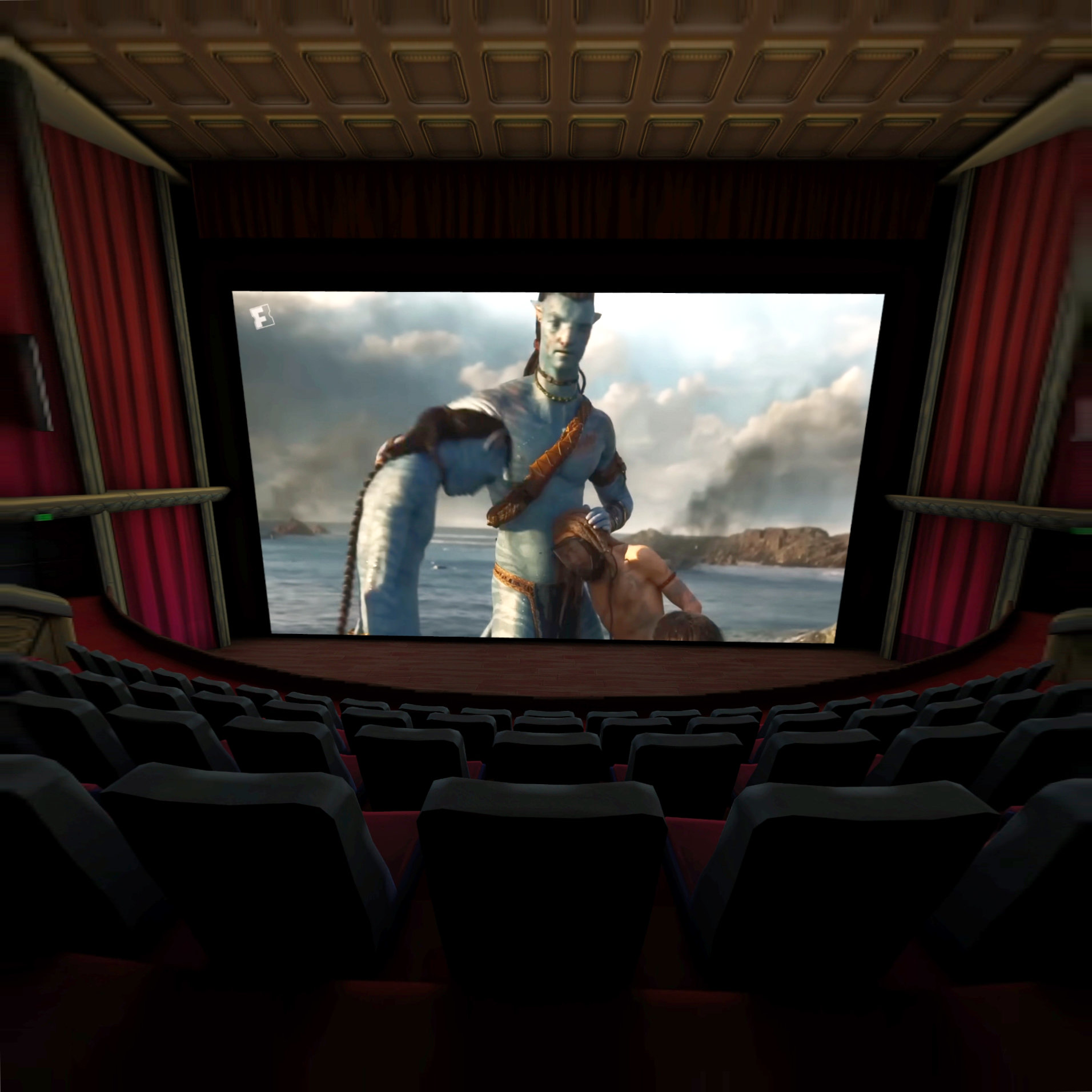
I’ve used the Pico 4 VR headset with the Virtual Desktop software to watch the clips available on YouTube – which is a good place to watch 3D in VR – and I can not resist seeing the whole movie in 3D in the comfort of my home. Yes, you can watch the movie on a flat screen too, but the immersion you get from 3D is something special. My experience watching video content from various sources in VR makes me understand what James Cameron believes: that 3D has a bigger place in Hollywood than some people think. I’ve been writing that here at PVC for a while now.
Although this is, at its core a story about the distribution of a film, it really goes well beyond that aspect, as it reflects both production and post-production decisions. As James Cameron said before, “studios blew it”, meaning they did not approach 3D the right way… and so contributed to kill it at its infancy. Apparently, there is a second chance now, and it has been latent, waiting for the right choices to be made by film producers. Maybe Avatar 2 coming to the home distribution in a 3D format is the trigger to rethink 3D and how VR headsets can be used to (re)discover it. Since 2019 VR headsets have allowed allow home users to watch, not only 3D but also films on a large screen. With VR headsets at an affordable price, like the Pico VR, everyone can have their IMAX-style cinema at home.

Filmtools
Filmmakers go-to destination for pre-production, production & post production equipment!
Shop Now












